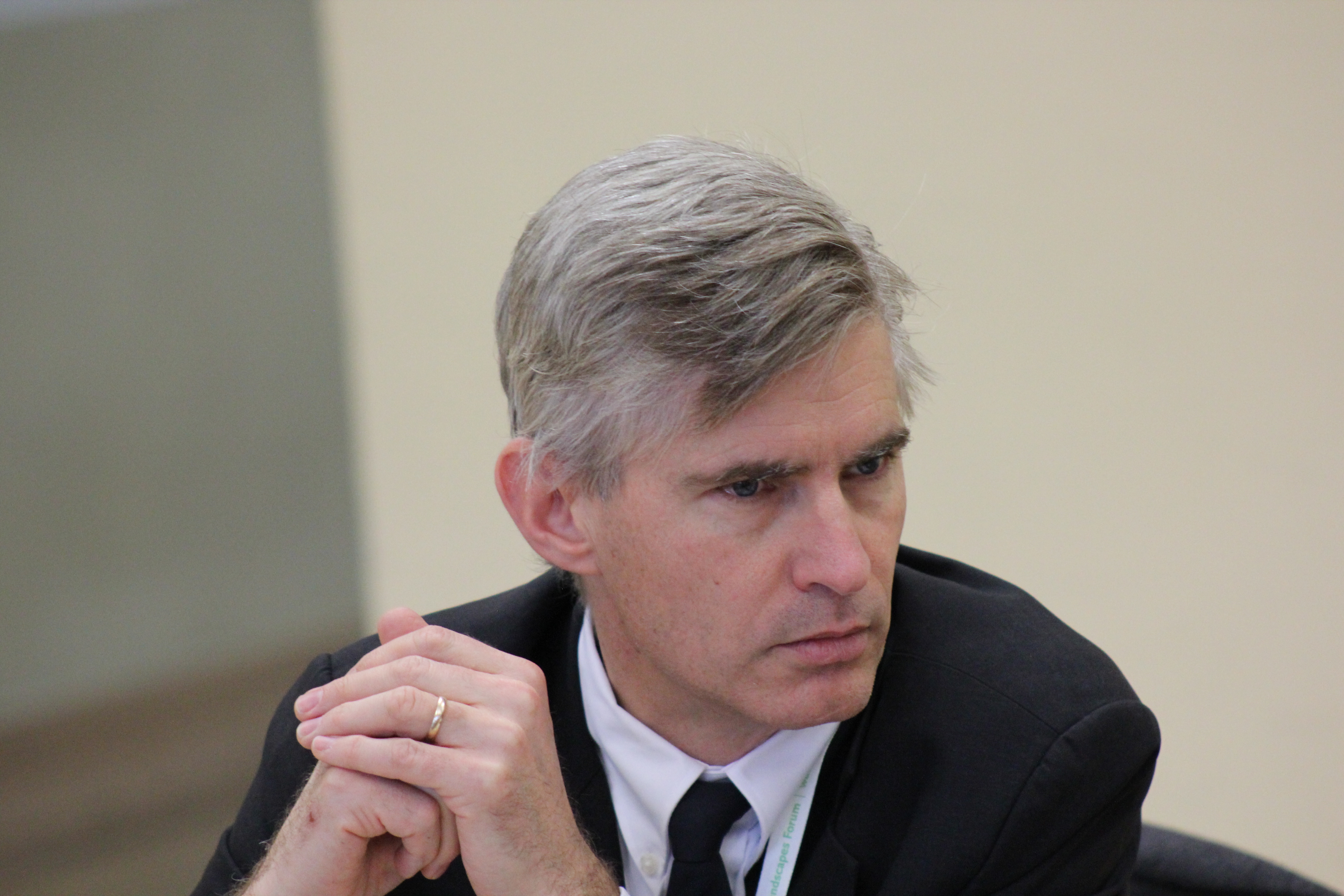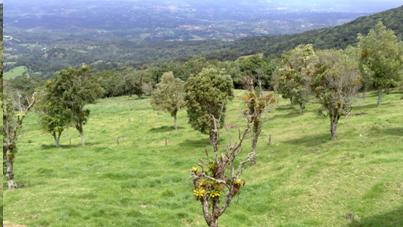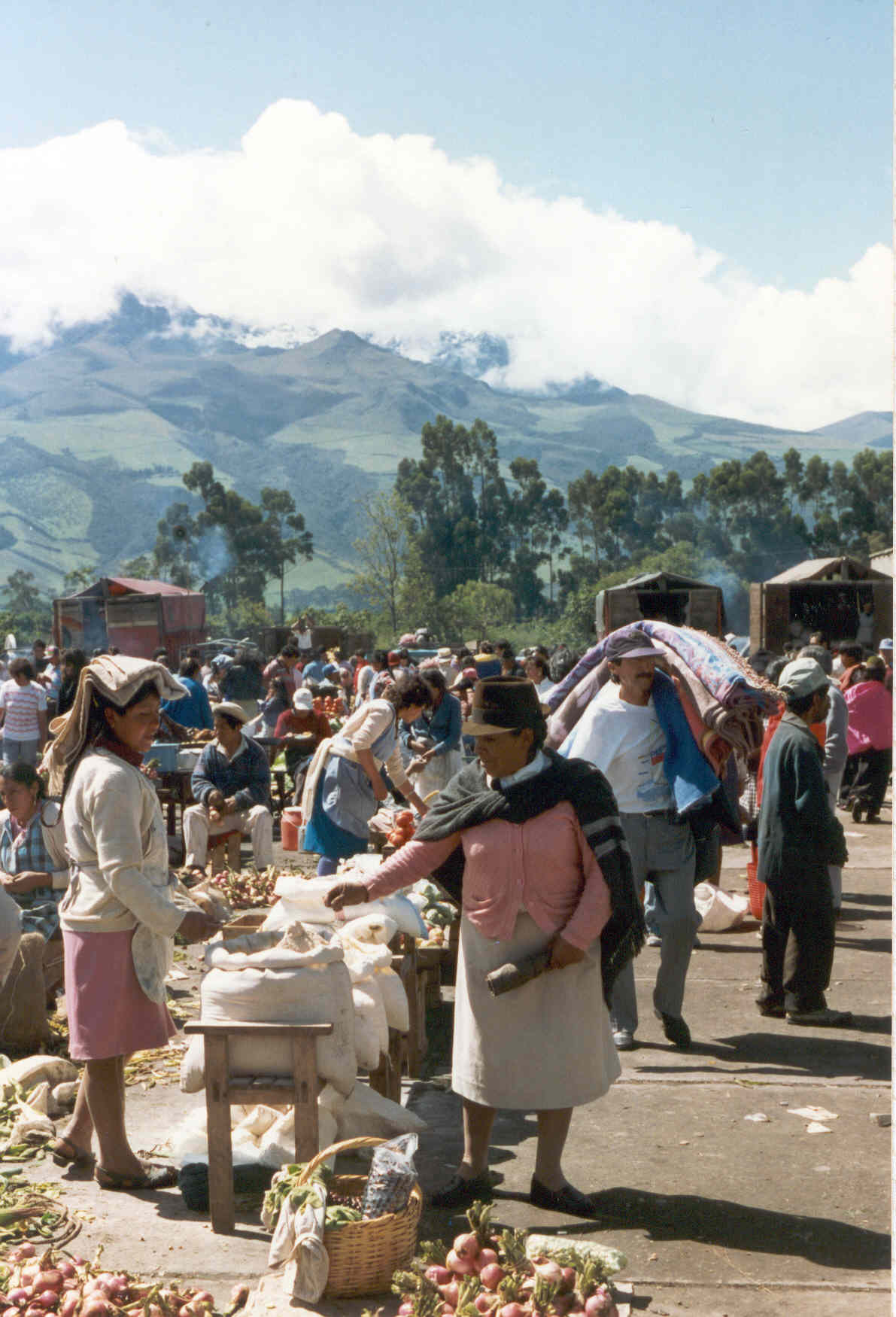Spotlight #16 – You’ve got an issue? We’ve got options.
You’ve got an issue? We’ve got options.
Over the last 30 years practitioners and scholars have been dealing with a range of interventions designed to improve global forest management. These included criteria and indicators (C&I), forest certification and, more recently, legality verification and REDD+, to name but a few.
Despite these well intended efforts, frustration exists about their impacts on the ground when addressing deforestation, forest degradation, carbon emissions, and improving the livelihoods of forest dependent people.
Often, potentially transformative interventions are “abandoned” prematurely and replaced by new interventions as stakeholders “learn” about limited results on the ground.
How might learning be developed that might help nurture enduring institutions capable of addressing such thorny challenges?
Food production without forest destruction – is it possible?
Is there a chance of providing enough food for 9 billion people on earth and at the same time ensuring that natural resources such as forests, soil and water are not depleted or destroyed and climate change impacts are not aggravated? This is the main question that the Global Landscape Forum will address in the coming two days in between the first and the second week of the COP19 climate negotiations in Warsaw.
 One day ahead of the GLF, a distinguished panel shared their thoughts on the Global Landscape Forum’s goals and importance to international climate discussions and negotiations at a press briefing.
One day ahead of the GLF, a distinguished panel shared their thoughts on the Global Landscape Forum’s goals and importance to international climate discussions and negotiations at a press briefing.
Linking gendered knowledge with gender-responsive action across the landscape: What works?
GLF Discussion Forum jointly organized by World Farmers’ Organisation (WFO); International Union of Forest Research Organizations (IUFRO);
Center for International Forestry Research (CIFOR);
Food, Agriculture and Natural Resources Policy Analysis Network (FANRPAN);
On Sunday, 17 November 2013 at 15:00-17:30, Old Library Building, (Room 214-216).
Keynote speaker Seema Arora-Jonsson from the Swedish University of Agricultural Sciences senses a resurgent anxiety about gender in environmental policy and practice today. The landscape approach with its focus on the geographical context and its overlapping relationships makes the importance of gender all the more apparent.
How to improve the institutional setting for sustainable landscapes?
Beyond natural conditions it is the institutional setting that determines how landscapes are used. The institutional setting encompasses governance frameworks at multiple political levels including a multitude of public, private and societal actors.
However, after years of recognizing the need for coordinated multilevel governance, we have failed. To move forward, we need to think about why we have failed and, from there, develop a new architecture consistent with this explanation.
Obviously, complex multilevel governance of landscapes brings an increasing diversity of actors with different values to the table, with the intersection of state and private, global to local, across multiple sectors each focused on different problems and policy instrument preferences, creating challenges for coordination within the systems of power that result.
New expert panel assesses linkages between forests and food security
Forests play a major role in achieving Millennium Development Goal 1 to eradicate extreme poverty and hunger and in striving for food security. Globally, millions of people depend on forests for their food security and nutrition, directly through the consumption or sale of foods produced in forests, indirectly through forest-related employment and income, forest ecosystem services, and forest biodiversity.
Current approaches to increasing food security tend to concentrate on agricultural solutions, ranging from intensification of agricultural production outside of forests to promoting agroforestry systems. Policy recommendations to establish a framework for promoting food security from forests, however, have so far been rather general and no framework addresses the relationship between forests and food security directly.
The “International Conference on Forests for Food Security and Nutrition”, held at FAO Headquarters in Rome in May 2013, inter alia conveyed the key message that forests, trees and agroforestry systems demand greater attention in strategies for food security and nutrition and in the fight against hunger. It also called for improved data collection at national and international levels.



